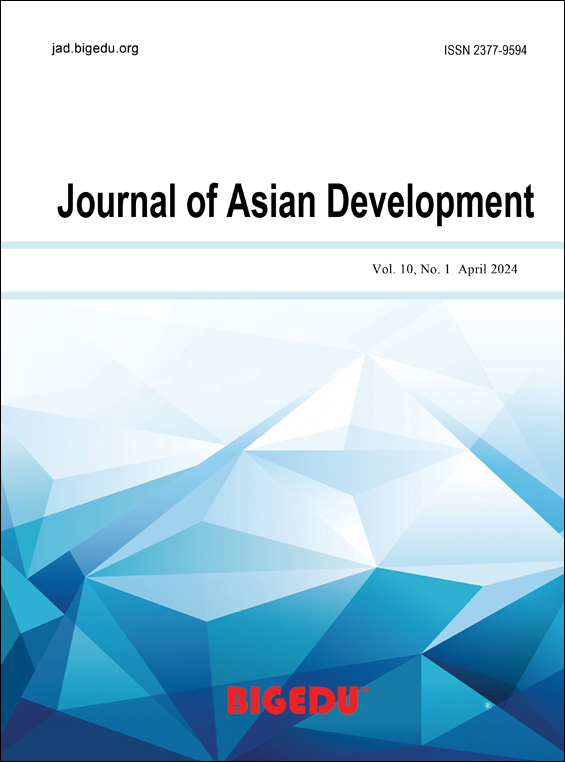Use of Social Networking Sites Among the Student of Universities in Bangladesh: A Case Study of Cumilla District
DOI:
https://doi.org/10.52941/jad.v7i2.7Abstract
Social networking sites are a well-known word in today’s world because of their enormous growth, development, and utilization. It has created a new world without boundaries. The total population, 5 percent, 9 percent, 10 percent, 38 percent, and 78 percent of Bangladesh, Pakistan, India, China, and the USA using the internet reported by the World Bank (Editor, 2013). Teenagers and young adults are used social networking sites devotedly—the study conducted on four universities in Cumilla district, Bangladesh. This research aims to determine the causes and consequences of using social networking sites (SNSs) among the students at universities in Cumilla, Bangladesh. In this study, we have used the survey method and questionnaire tools for collecting the data. The information was collected from 200 students through purposive sampling. We have assessed and analyzed the data through descriptive statistical methods. Some significant findings of the study demonstrate that the students use the SNSs to communicate with friends and family, collecting educational information. They spend an average of 2/3 hours daily using SNSs. Among the SNSs, Facebook is the most popular site. Findings also revealed that the excessive use of SNSs creates physical and mental disorders.
Downloads
Published
How to Cite
Issue
Section
License
Copyright (c) 2021 Copyright for this article is retained by the author(s), with first publication rights granted to the journal

This work is licensed under a Creative Commons Attribution 4.0 International License.
Copyrights of all articles published in Bigedu Foundation are retained by the authors, with first publication rights granted to the journal. The journal/publisher is not responsible for subsequent uses of the work.
All articles are published under the Creative Commons Attribution (CC-BY) license.
Authors have the rights to reuse, republish, archive, and distribute their own articles after publication, and undertake to permit others to distribute, remix, adapt, and build upon this work non-commercially provided the original work is properly cited. The full guidance that applies to the CC-BY license can be found at http://creativecommons.org/licenses/by/4.0/







